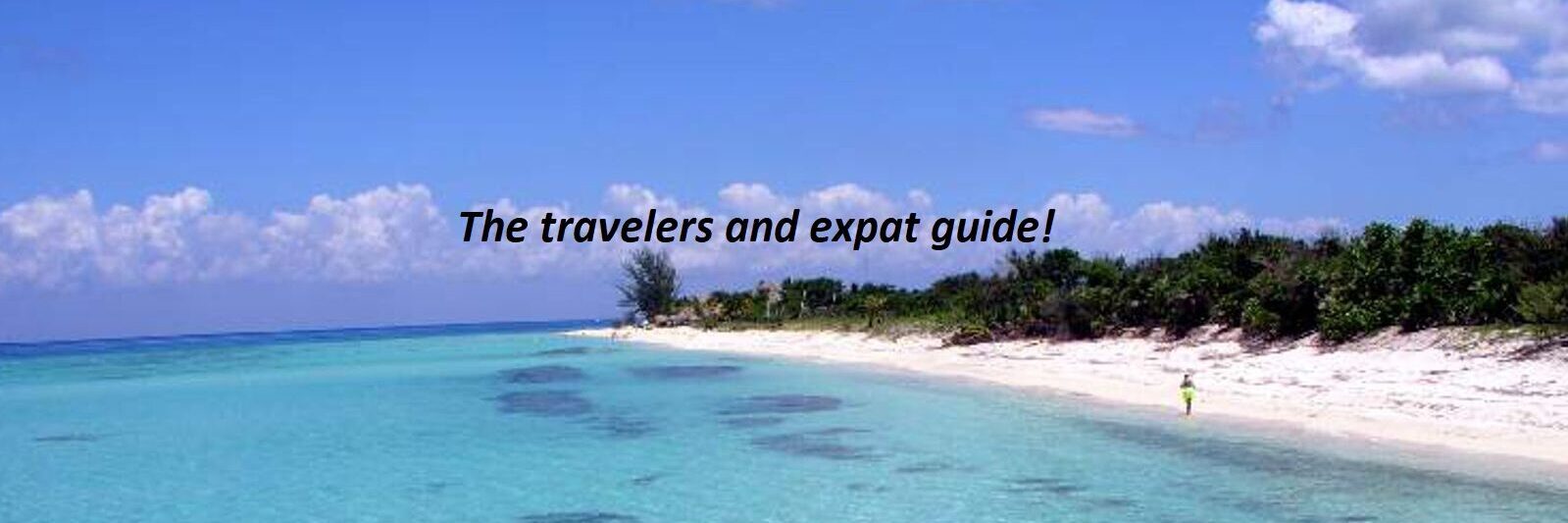The Hidden Wonders of the Yucatan Peninsula
The Yucatan Peninsula in Mexico is home to one of the world’s most unique natural wonders, the cenotes. These underwater sinkholes are formed by the collapse of limestone bedrock, creating a natural pool with crystal clear water. The cenotes have been an integral part of the Mayan culture for centuries, serving as a source of freshwater and a sacred place for ceremonies. In recent years, they have become a popular tourist attraction, offering visitors an opportunity to explore these hidden wonders.
What Are Cenotes?
Cenotes are natural sinkholes that can be found throughout the Yucatan Peninsula in Mexico. These sinkholes are formed when limestone bedrock collapses, exposing the freshwater below. The word cenote comes from the Mayan word “dzonot,” which means “sacred well.” The Mayans believed that cenotes were gateways to the afterlife and that the gods resided in these underground pools.
How Many Cenotes Are There on the Yucatan Peninsula?
It is estimated that there are over 6,000 cenotes on the Yucatan Peninsula, with only a fraction of them accessible to the public. The majority of the cenotes are located in the state of Yucatan, with a smaller number in the neighboring states of Quintana Roo and Campeche. Some cenotes are located on private property and require permission to access, while others are open to the public.
The Most Popular Cenotes to Visit
With so many cenotes to choose from, so it can be overwhelming to decide which ones to visit. Here are some of the most popular cenotes to explore:
- Ik Kil Cenote – This cenote is located near the Mayan ruins of Chichen Itza and is one of the most popular cenotes in the area. Ik Kil is open to the public and features a circular pool that is over 100 feet deep. The cenote is surrounded by lush greenery and waterfalls, making it a popular spot for swimmers and photographers.
- Gran Cenote – Located near the town of Tulum, Gran Cenote is known for its crystal clear water and underwater caves. Visitors can swim and snorkel in the cenote and explore the intricate network of underwater caves.
- Cenote Dos Ojos – This cenote is located near the town of Playa del Carmen and is known for its stunning blue water and underwater rock formations. Visitors can explore the underwater caves and caverns or take a guided diving tour.
- Cenote Suytun – This cenote is located near the town of Valladolid and features a unique natural phenomenon known as a “cenote window.” The cenote window is a small opening in the ceiling of the cenote that allows sunlight to filter through, creating a breathtaking scene.
- Cenote Samula – Located near the town of Valladolid, Cenote Samula is known for its stunning stalactites and crystal clear water. Visitors can swim and explore the underwater caves or relax in the nearby hammocks.



